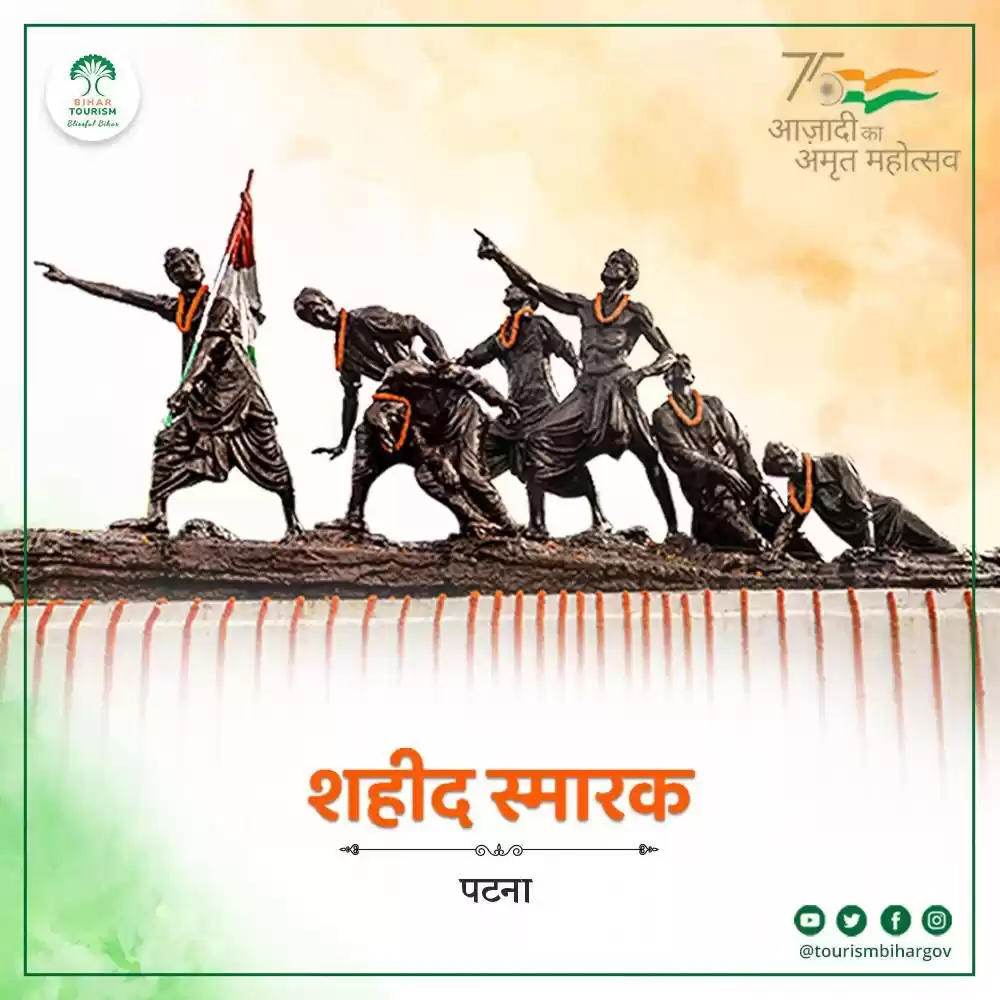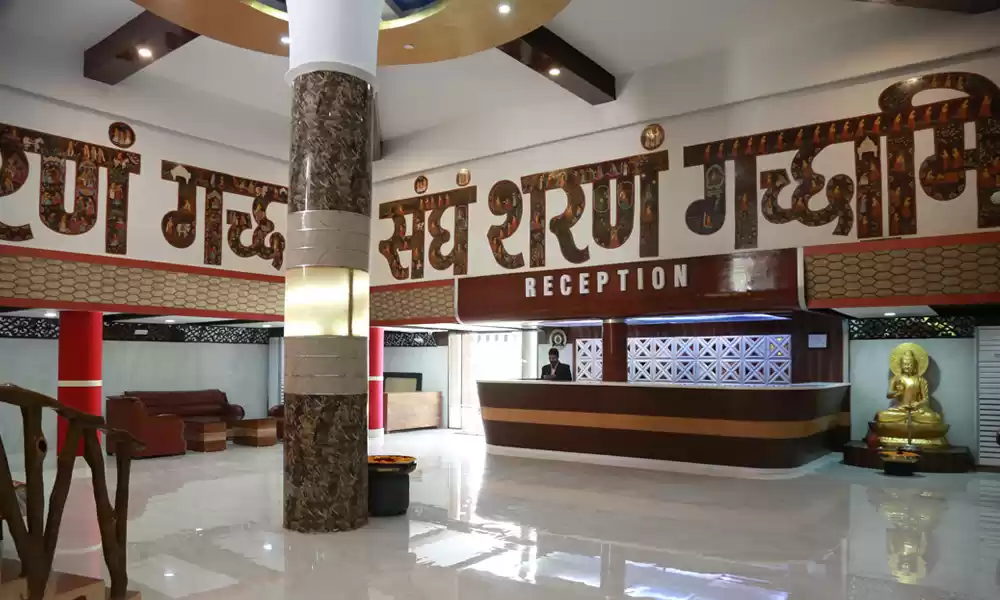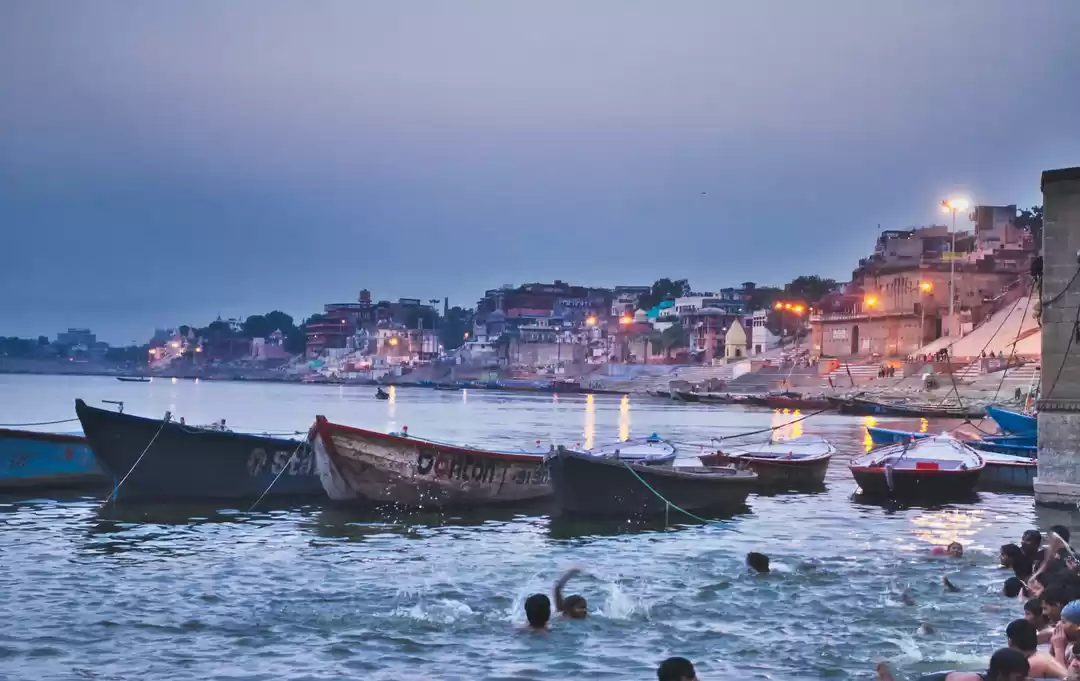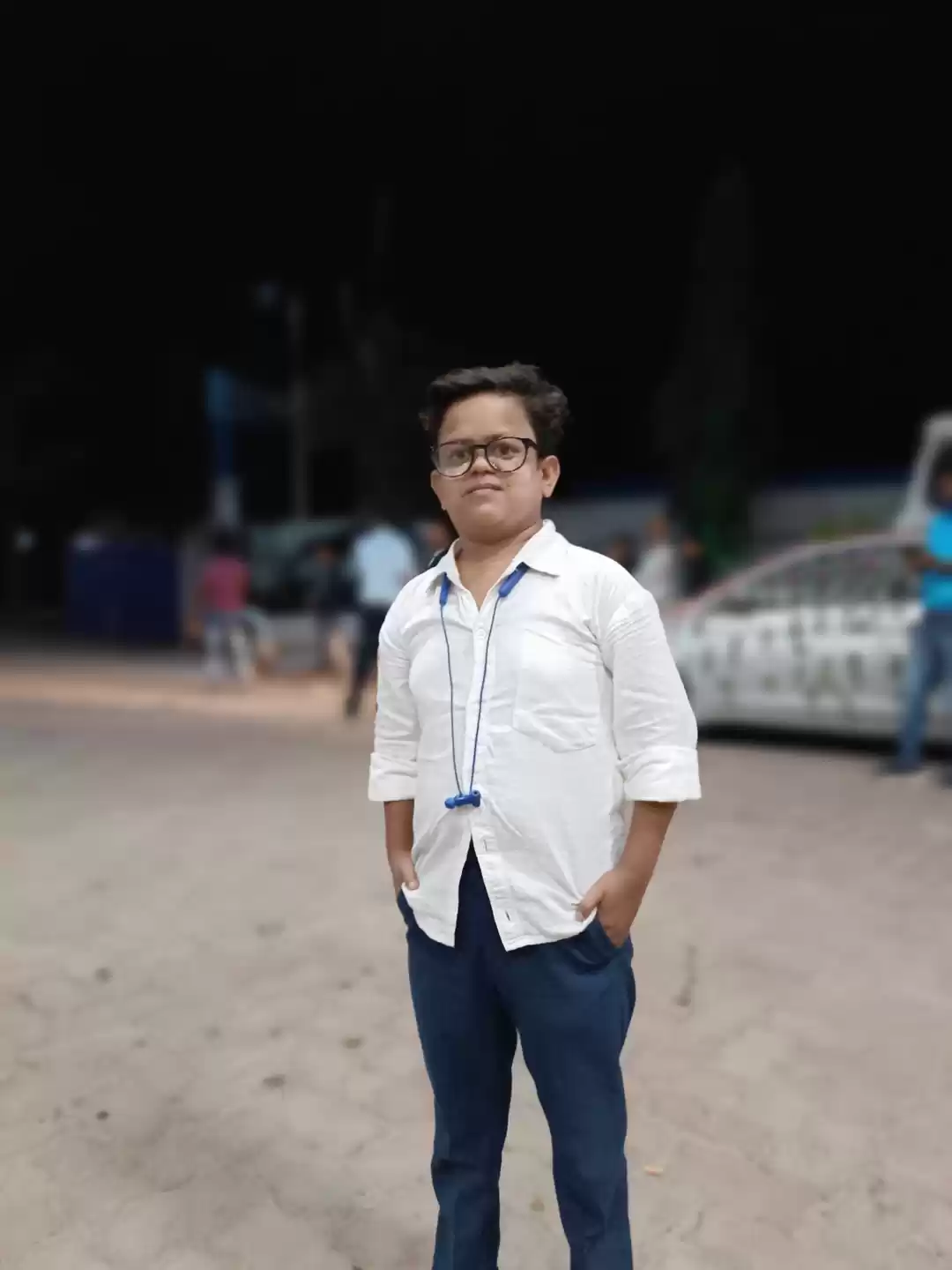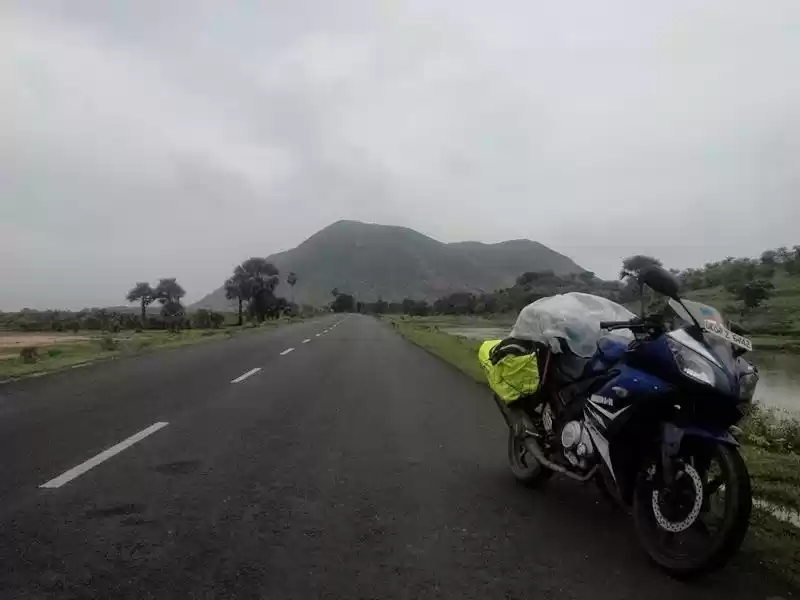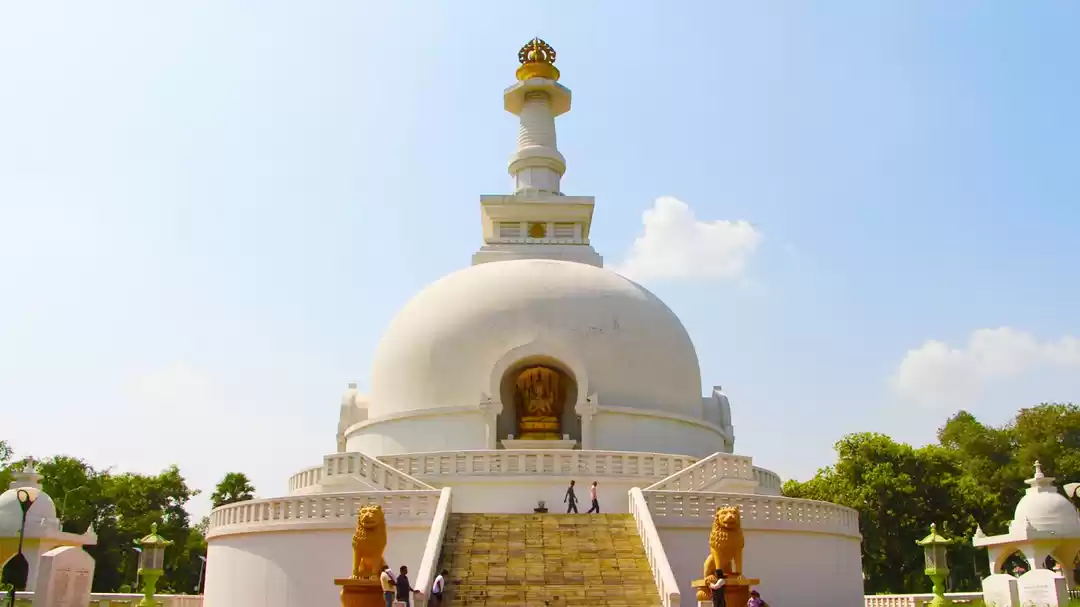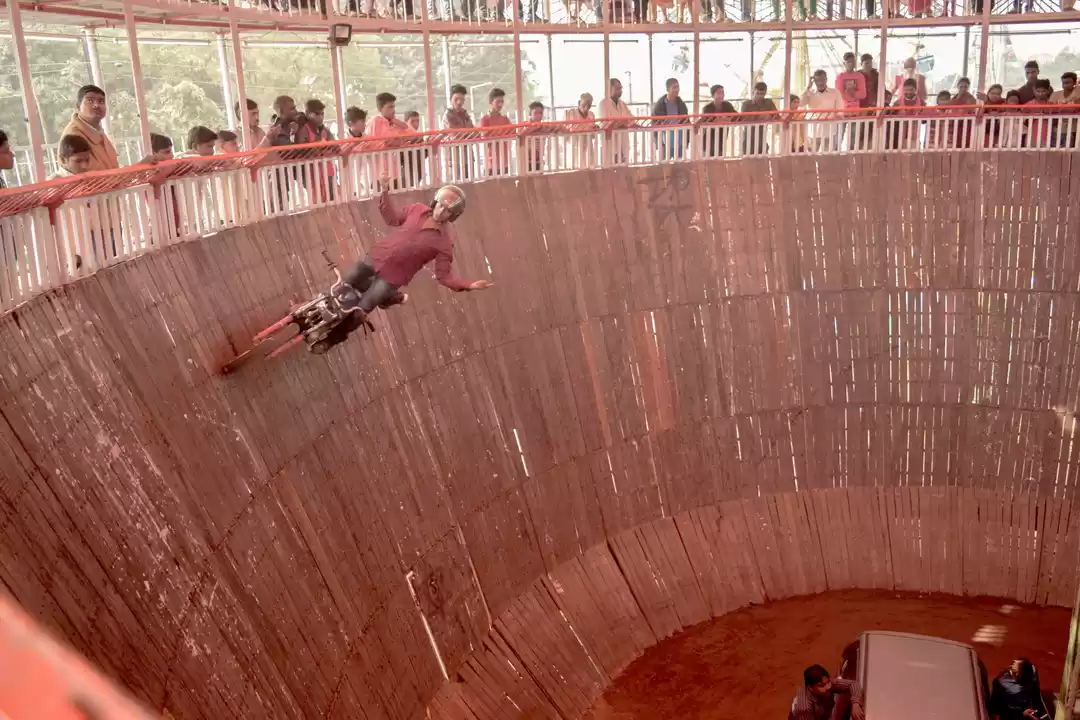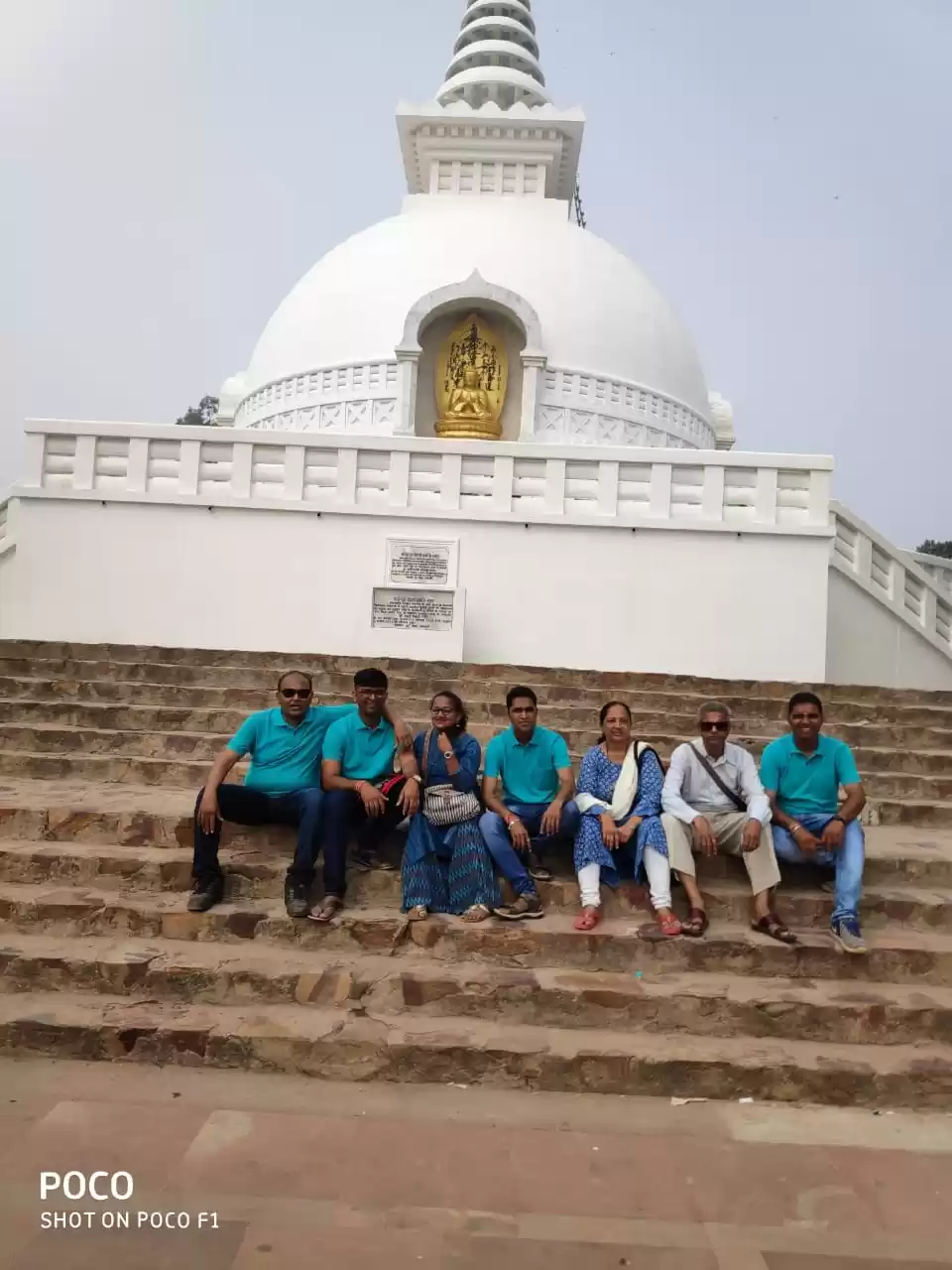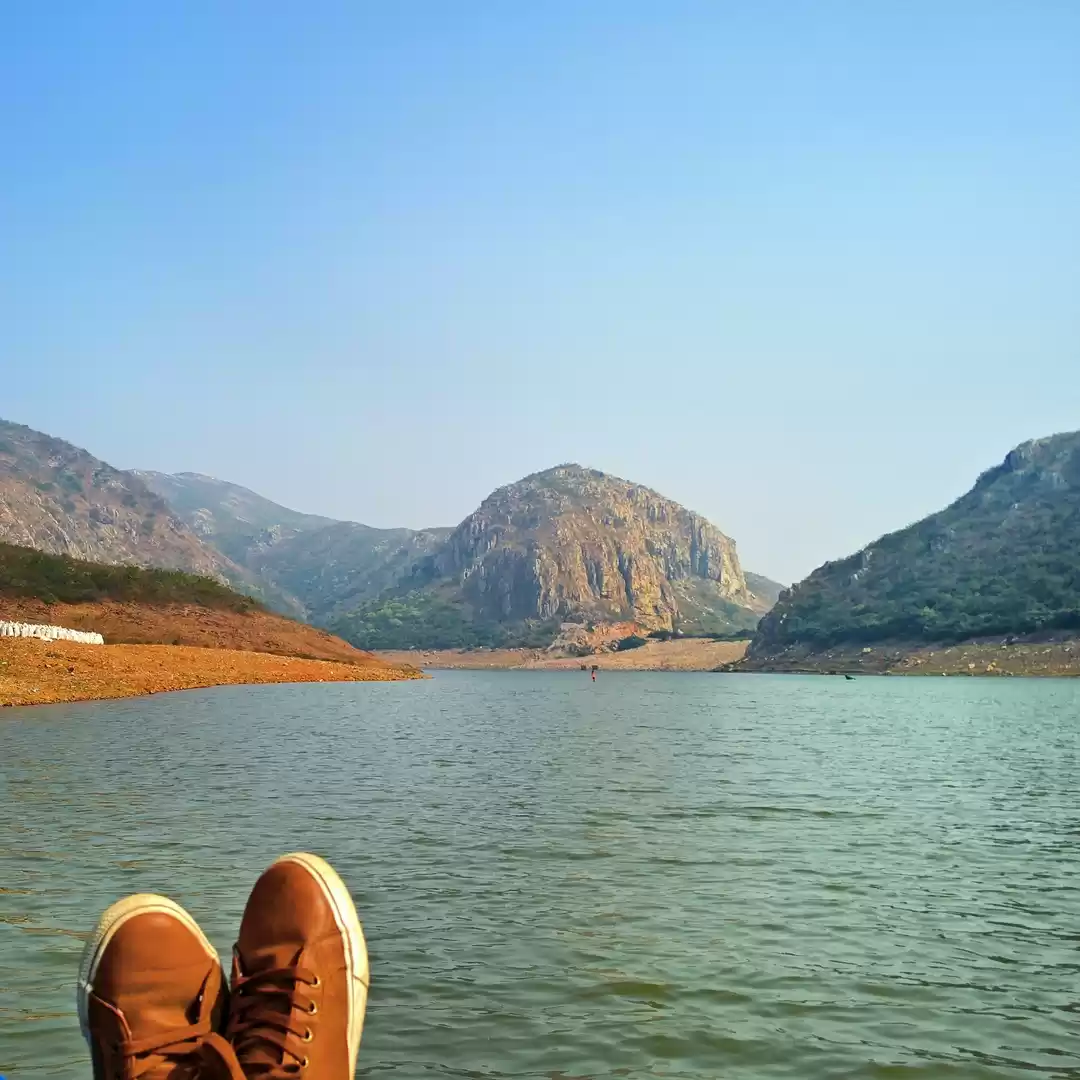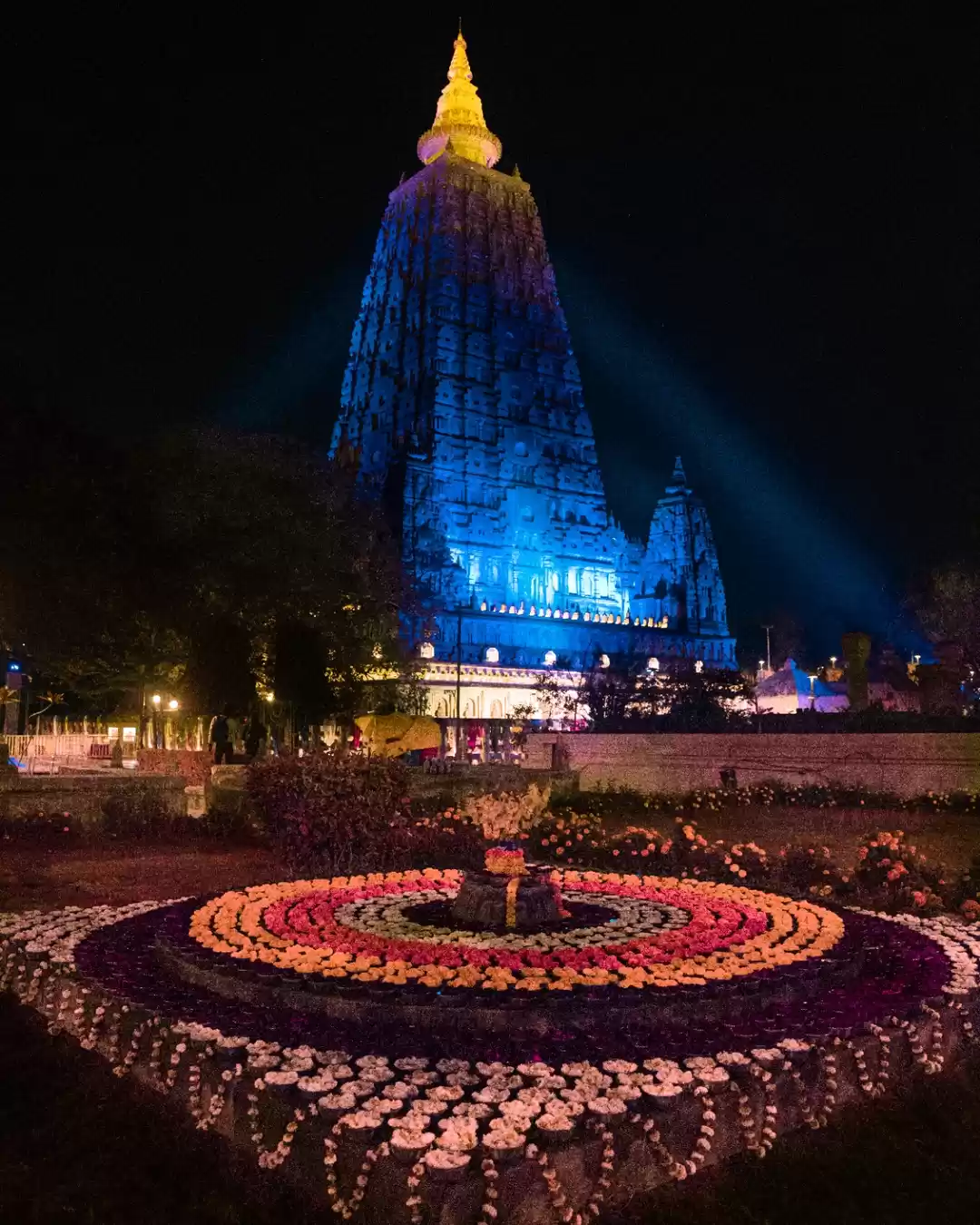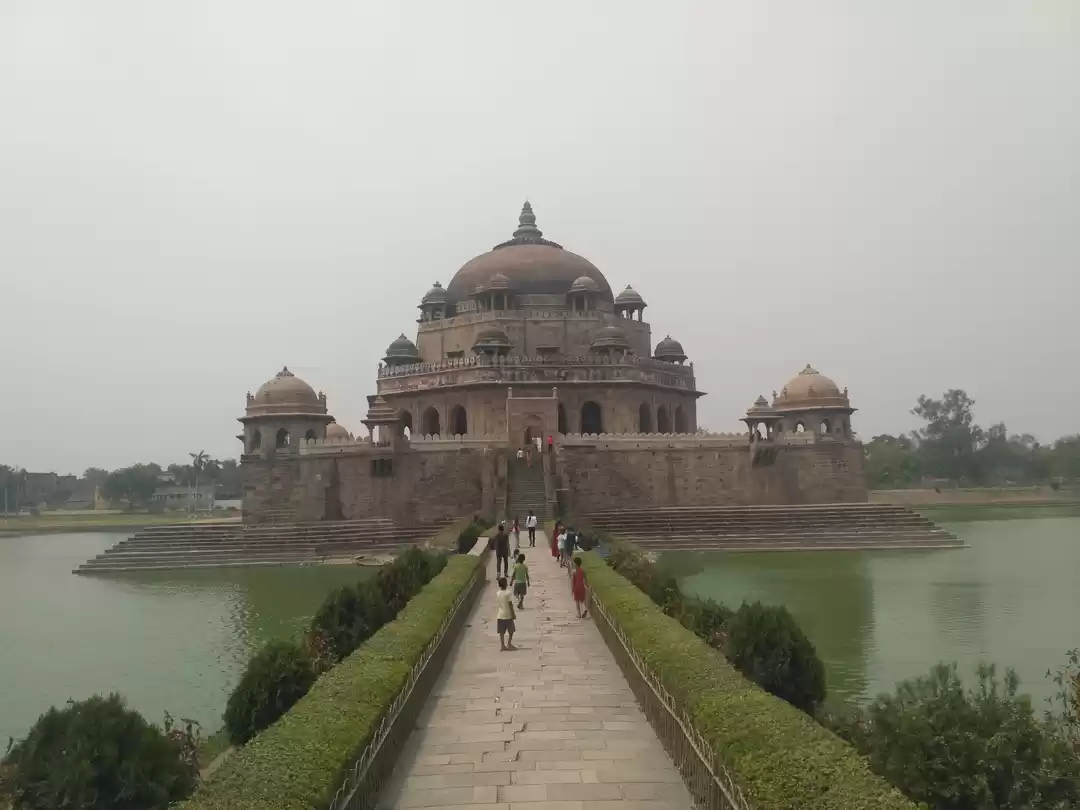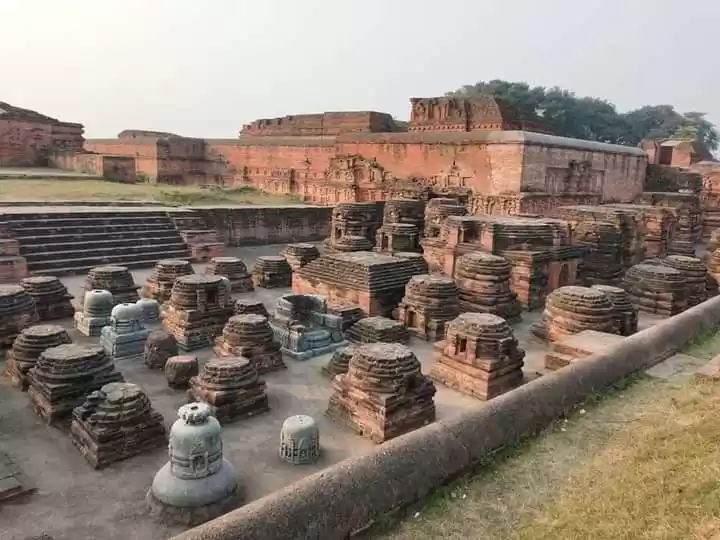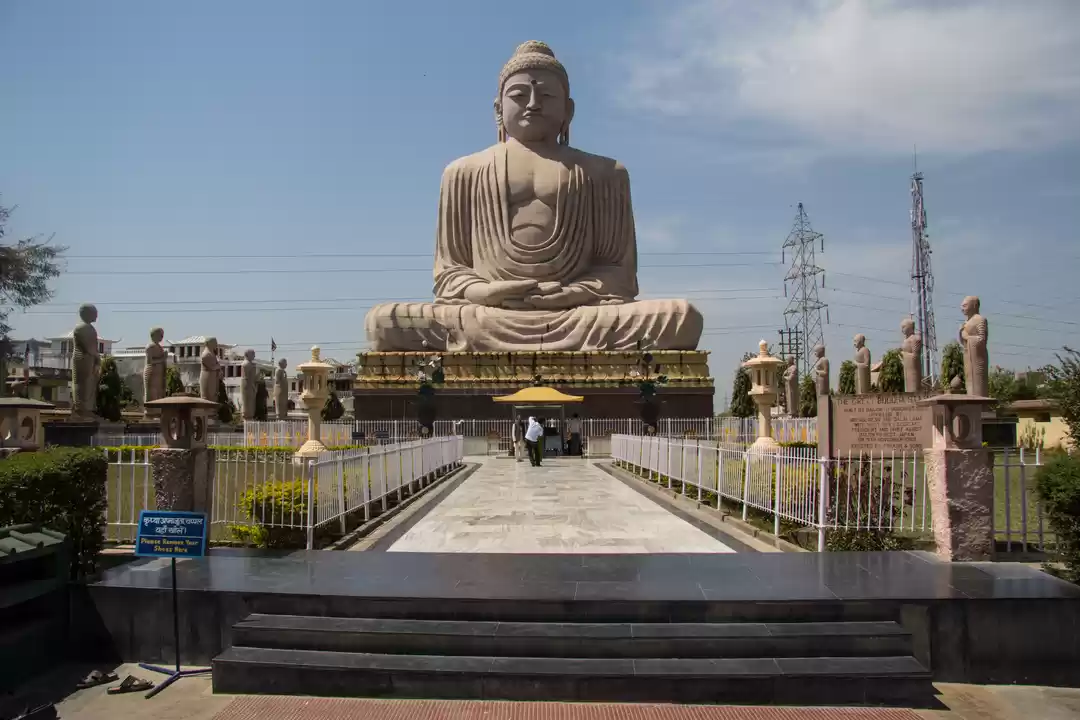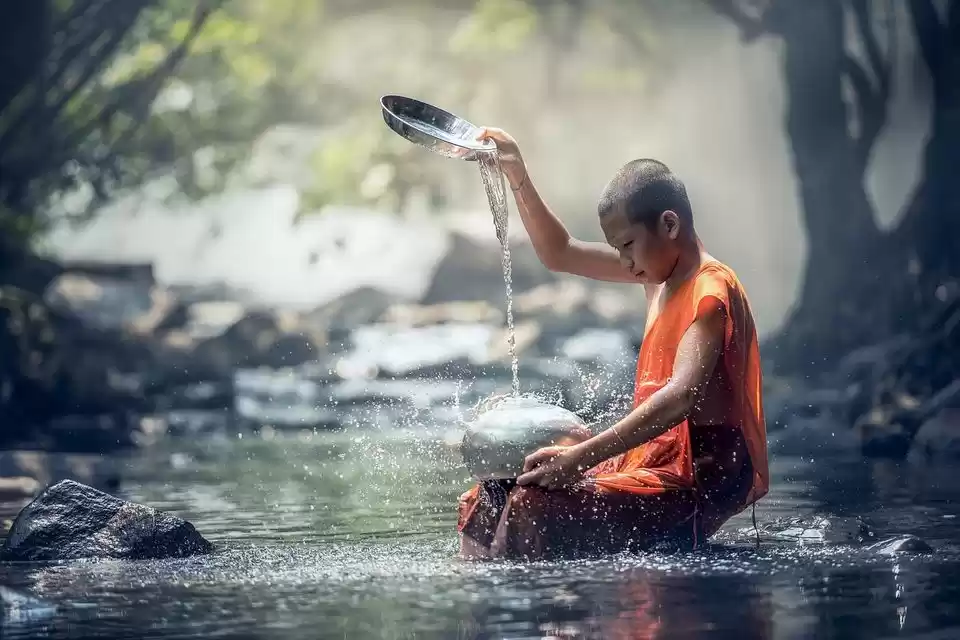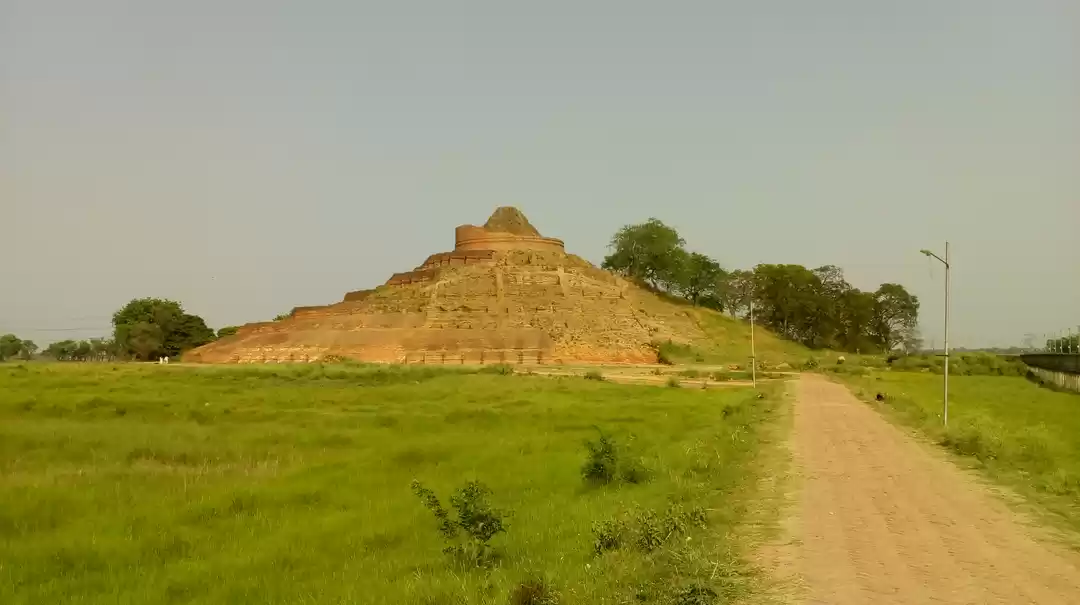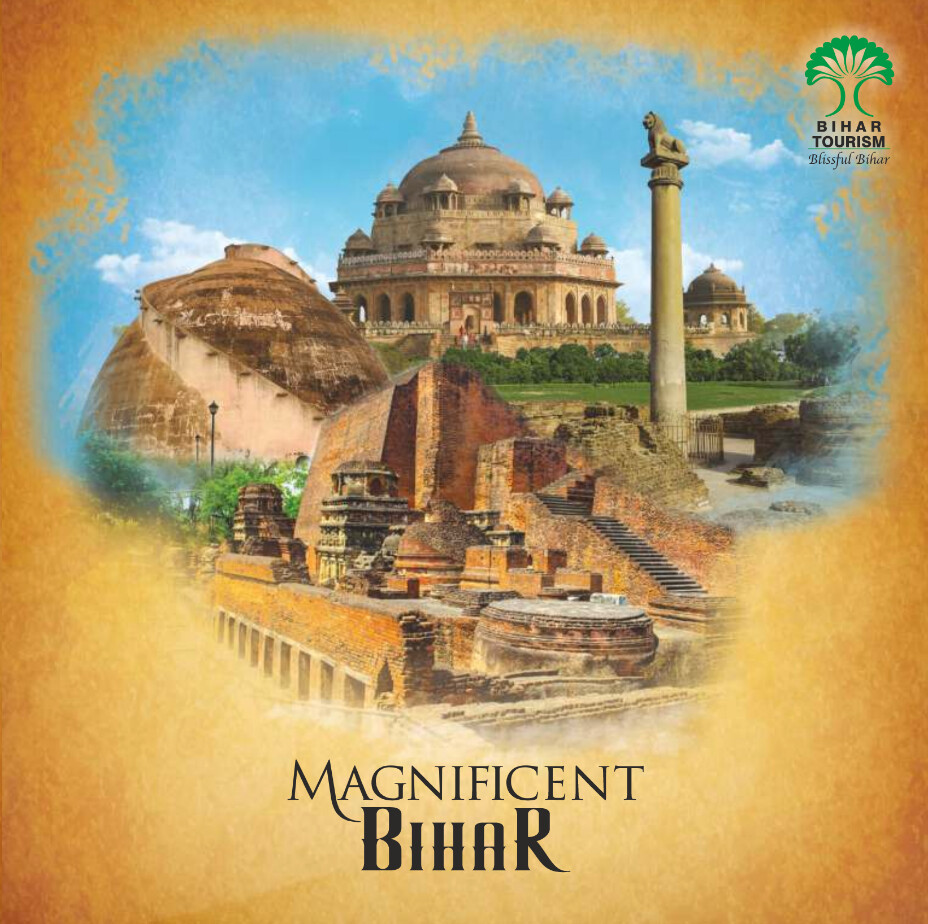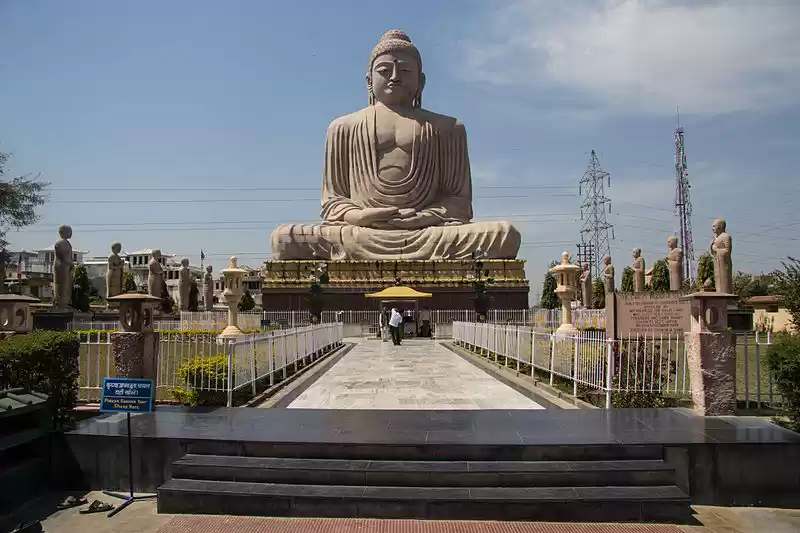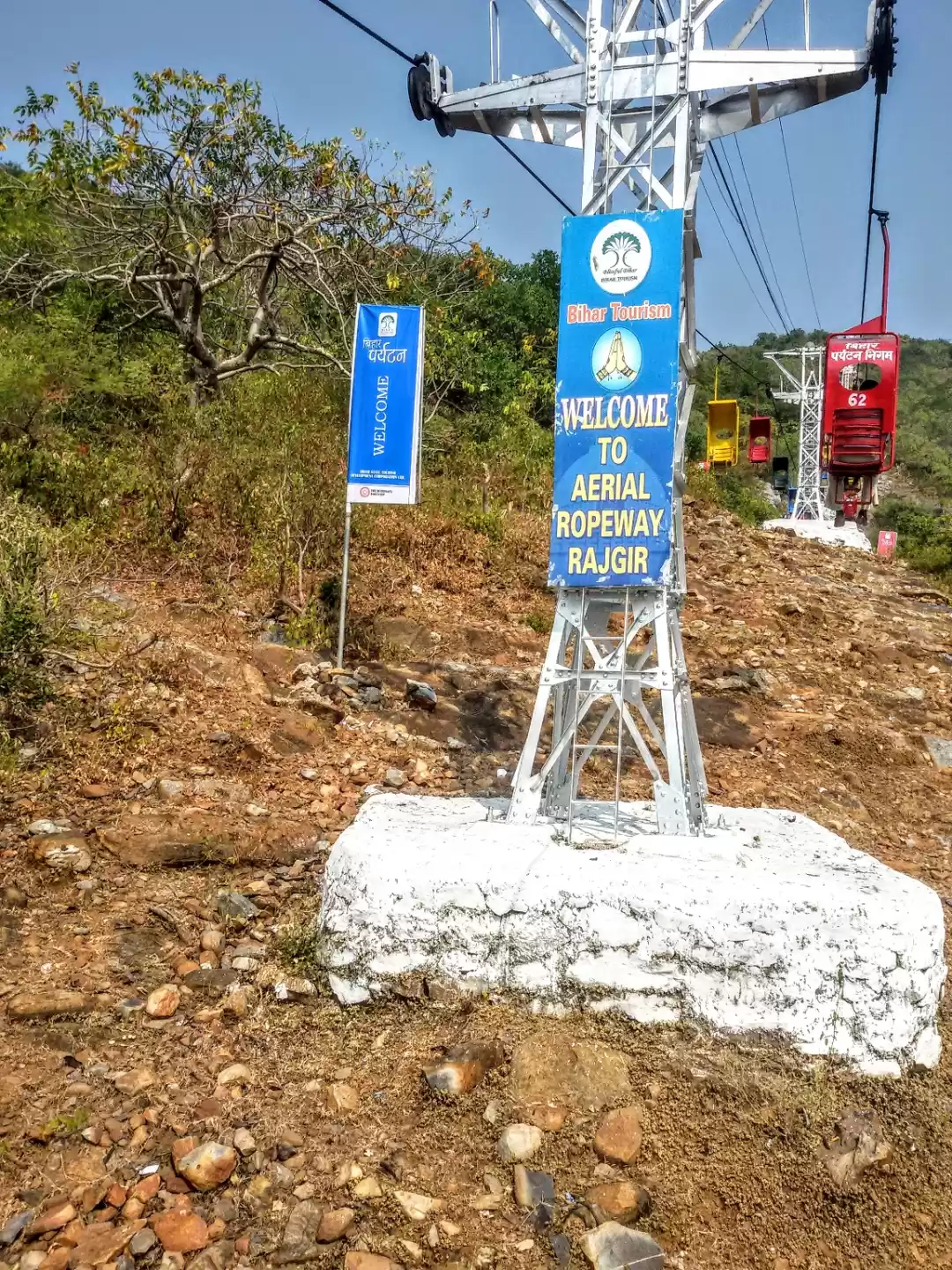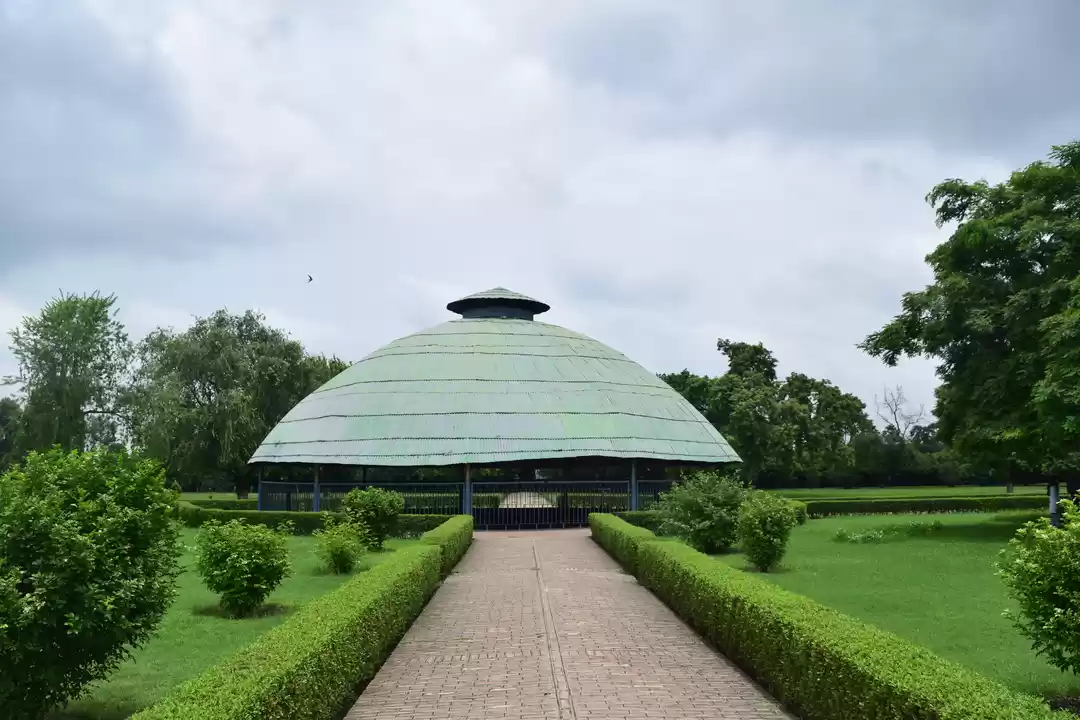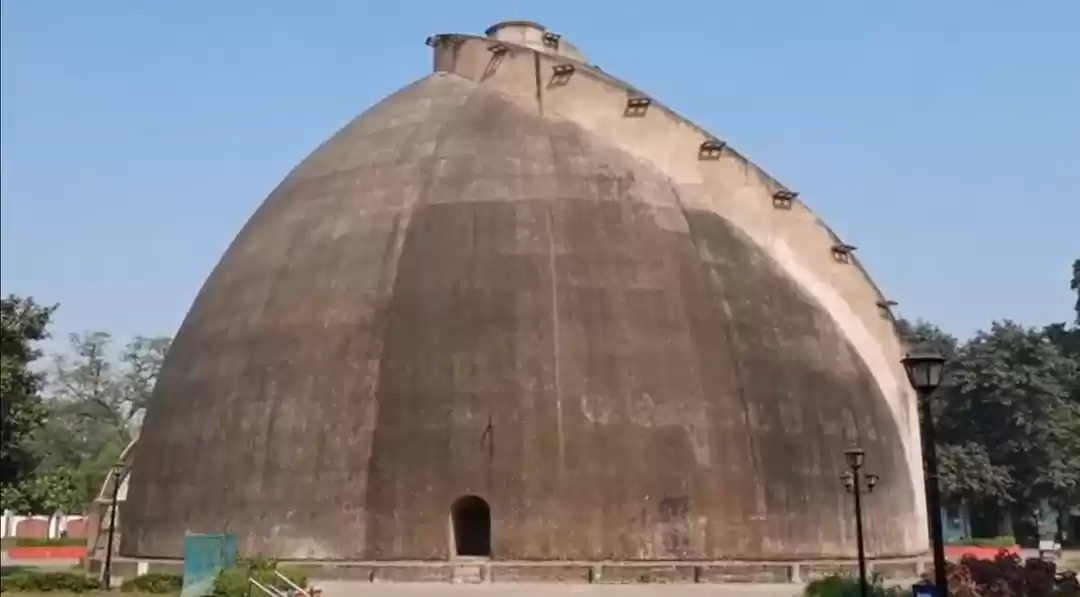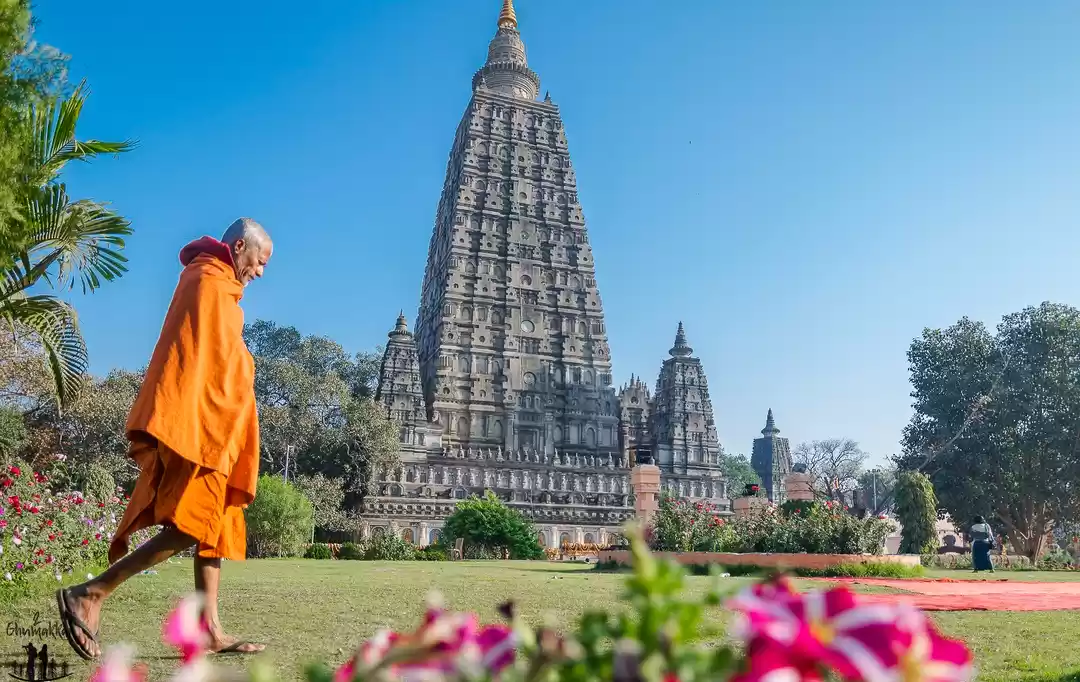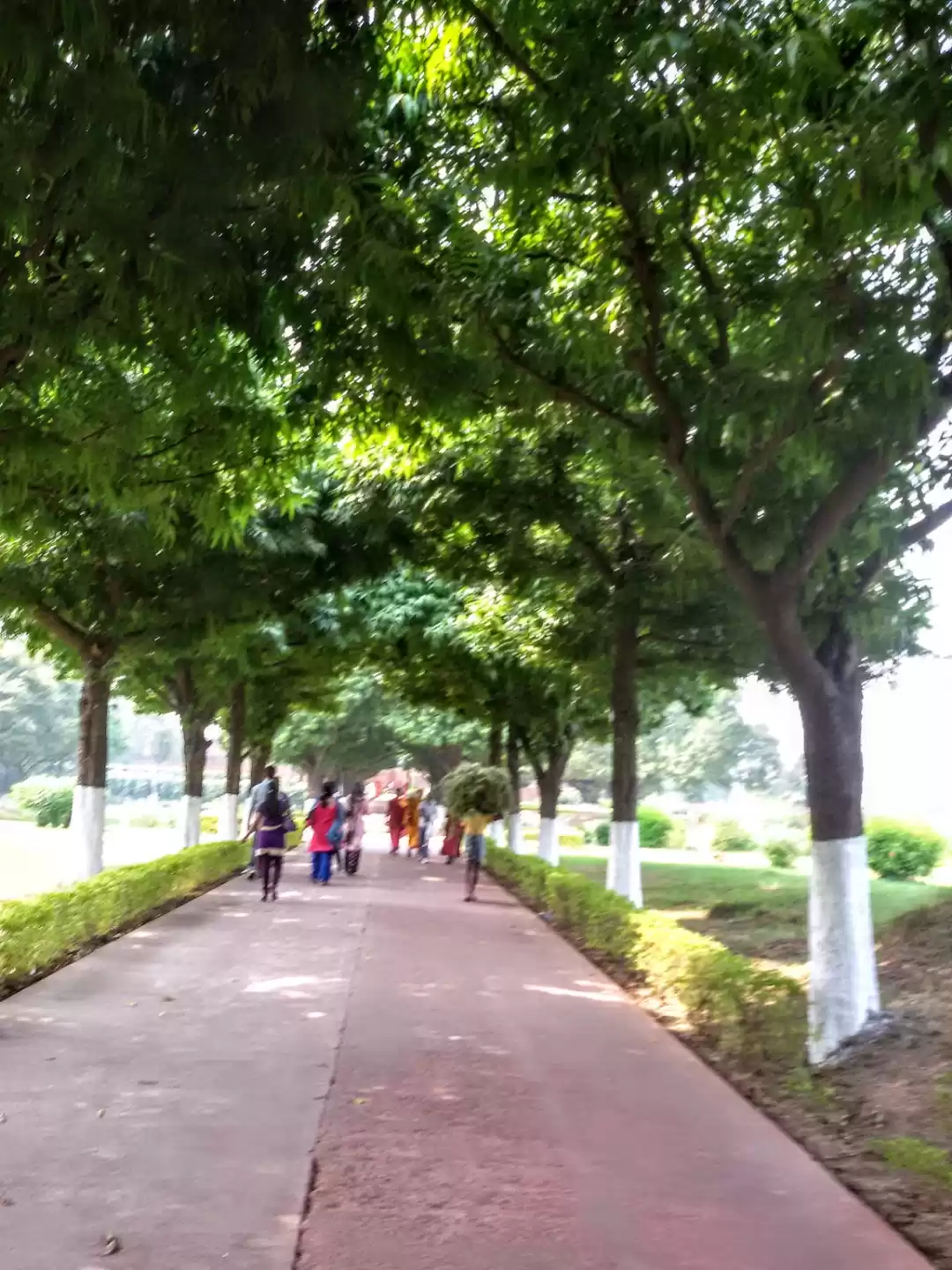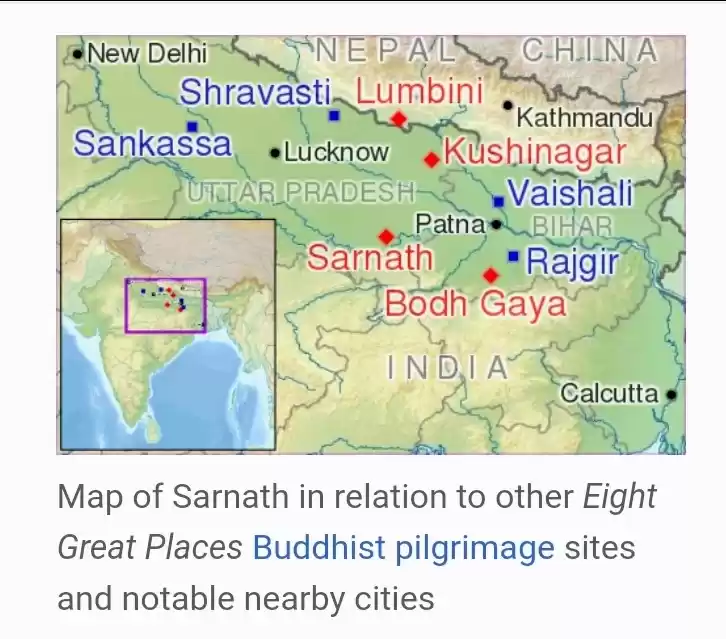
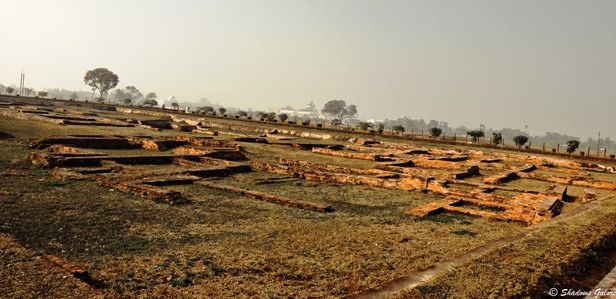
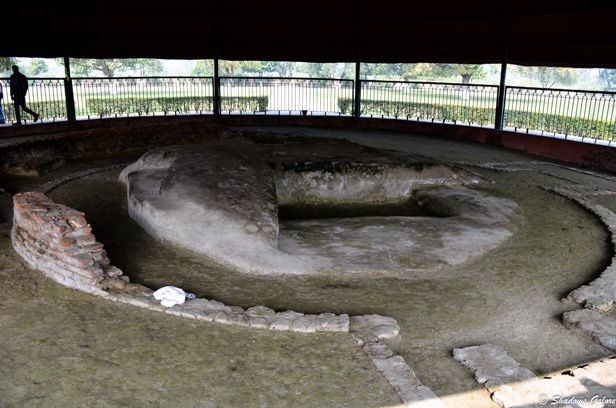
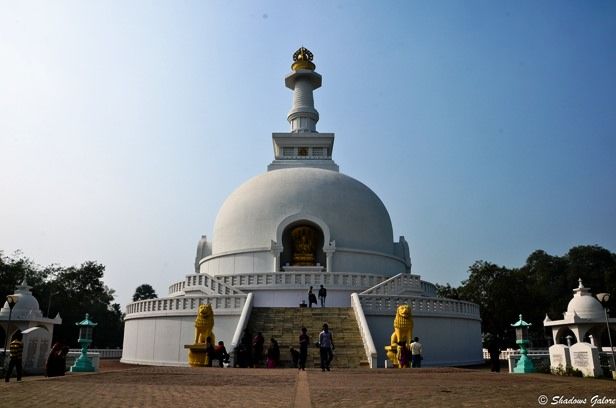
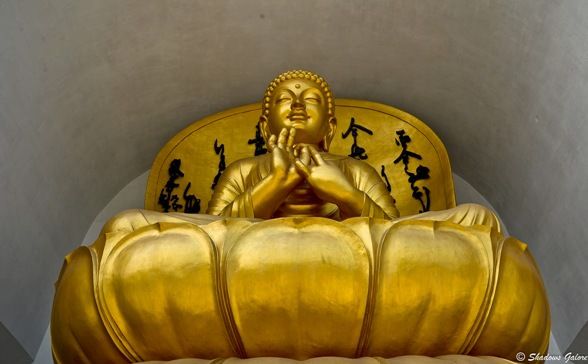
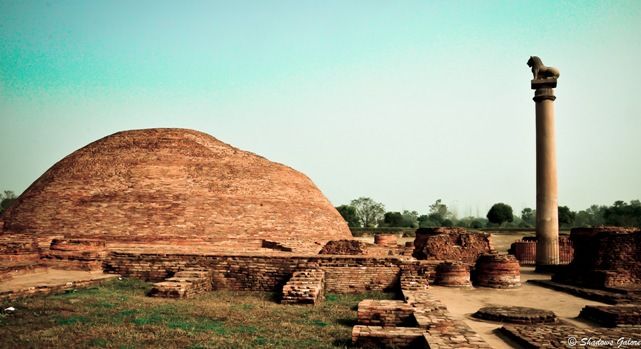
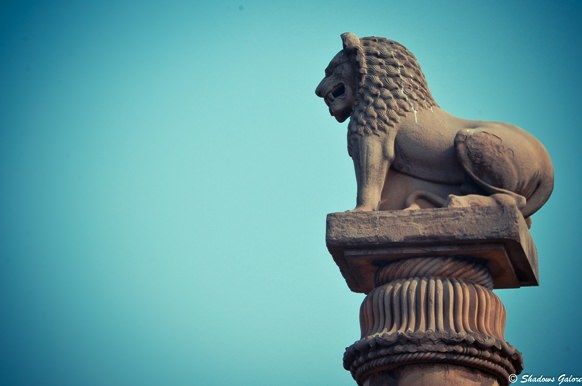
These days, I have made it a point to visit new places in Bihar when I go to Patna. Improved roads and better law and order conditions make travel much easier and safer and now one can think of hitting the highway for leisure. Last time, it was a trip to the ancient Rajgir and Nalanda, and this time my travel saw me cross the river Ganga and visit another ancient city on which Bihar prides itself, Vaishali.
So which was the earliest republic in the world? Rome? Athens? No Sir, it was the Licchavi republic or the Vajji Confederacy of which Vaishali was the capital.
Consider this – it was here in Vaishali that the 24th Jain Tirthankara Lord Mahavira was born in 599 BC; where Gautama Buddha gave his last sermon before his death in 483 BC; where Amrapali – the fabled courtesan of the Jatakas once lived; where the Second Buddhist Council was held in 383 BC and whose boundaries expanded from Ganga in the south to the foothills of Himalayas in the north – a free republic ruled by people’s representative, its power eclipsed only by Magadh. It was in Vaishali that a King abdicated his throne over an incidence of human rights violation and became a common farmer, proclaiming “I am now a free tiller of the soil, king over my acre.”
Thus having established the importance of the place, I hope to be able to hold your attention for a little longer. So on a cold morning of January, my mother and I set out for Vaishali by road. The journey was uneventful, the Mahatma Gandhi Setu, which acts as the lifeline of North Bihar was surprisingly free of traffic jam and the route was quite green and scenic along the Gandak river.
As we entered Vaishali, the first stop we made was at the fort of King Vishal after whom the city is named. Located on a slightly higher mound, there is little left of the Vishal Garh, as it is called, than remains of the brick foundations of the city. It was a little difficult to imagine that this place was the birthplace of democracy – as we know it.
After the Vishal Garh, we hit the main road again and went towards the first major Buddhist cluster. As in Bodh Gaya, different Buddhist nations have started building their monasteries in the town and the Vietnamese, Cambodian and Japanese ones are already up. We stopped at the Abhishek Pushkarani, the coronation tank, the water of which was used to anoint the selected representatives of the republic. It is a water tank now with some boating facility provided by the tourism department. On the right side of the tank are the remains of the Relic Stupa. When Buddha attained nirvana, his ashes were divided into 8 parts and distributed among his followers. The Licchavis built a stupa at this place over their share of the Buddha’s relic. Now only the base of the stupa is left, however the government has done a good job of erecting a shed over it to keep it from further damage and lay a beautiful lawn around it, with some of the biggest roses I have seen in recent times. Exactly in front of the Relic Stupa, across the Abhishhek Pushkarani, is the Vishwa Shanti Stupa (World Peace Pagoda). Built by the Japanese Buddhist sect Nipponzan-Myōhōji, this majestic stupa has four golden images of Buddha and a part of the relic has been enshrined here. There is a small Japanese temple in the neighborhood but it is not as impressive as the ones we have seen in Bodhgaya or Rajgir.
Our next stop was 3 km away from the main town. It was the Kitagarsala Vihara, a thriving monastery in the time of Buddha where he used to stay on his visits to Vaishali. The site has extensive ruins including a big stupa, small stupas or samadhi of monks, prayer halls and a water tank. This place was very peaceful, with few tourists and a bus load of Buddhist pilgrims from some East Asian country chanting beautiful hymns. The most famous landmark of the Kitagarsala Stupa is the Ashokan Pillar with a Lion Capital, standing tall to the north. Made of highly polished monolithic red sandstone, this 18 m high pillar is mounted by a bell-shaped lion capital. It is different from the one in Sarnath in the way that it has a single lion facing the stupa, instead of four on the other. The lion faces Kushinagar, where Buddha attained parinirvana.
Important Information:
Vaishali lies 67 km to the north-west of Patna, and can be accessed by road (see map). It makes a day trip and it is better to stay in Patna as amenities are better in the city. It is better to start early in the morning as Mahatma Gandhi Setu, the only bridge which connects both sides of Bihar is plagued by horrible traffic jams.
The museum is open 10 AM-5 PM. Admission tickets are INR 5.00 for Indians and Foreigners. Buddha’s ashes are however kept in the Patna museum.
This trip was originally published on Shadows Galore.





